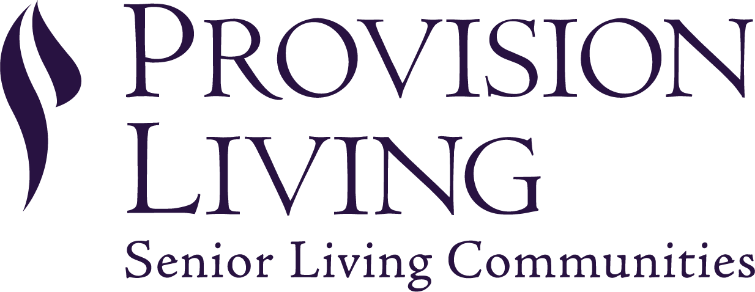Comparing the Costs: Senior Living vs. Staying at Home
Many people are unsure about the costs associated with senior living communities and how they compare to staying at home. When considering senior living options, it’s essential to ask questions to thoroughly understand the value of the services and amenities provided. This article aims to clarify these costs and highlight how senior living can offer peace-of-mind and a high quality of life for seniors.
Cost Breakdown: Senior Living vs. Home Living
1. Housing and Utilities:
- At Home: Homeowners typically pay for mortgage or rent, property taxes, housekeeping, home insurance, and utilities (electricity, water, gas, internet, etc.) all in separate payments, requiring management of due dates and budgets. Additionally, home maintenance and repairs can be unpredictable and costly.
- Senior Living: In a community like Provision Living, all these expenses are bundled into a single monthly fee. This includes utilities; housekeeping, maintenance and repairs; and phone and internet, freeing residents from the worries of managing multiple payments a month and unexpected cost fluctuations.
2. Meals and Dining:
- At Home: Grocery shopping and meal preparation and cleanup can make mealtime a cumbersome task for older adults. Not to mention the cost of groceries and dining out add up quickly. Special dietary needs may require more expensive or hard-to-find ingredients. Many seniors don’t choose fresh or healthy items to help keep costs down, which can negatively impact their health.
- Senior Living: Provision Living offers chef-prepared meals three times a day, catering to various dietary preferences and restrictions. This not only ensures balanced nutrition, but also provides a social dining experience that fosters friendship and community engagement. Residents have the option of selecting from an always-available menu of frequently requested items or the special of the day. Tasty treats and snacks are something to always look forward to.
3. Health and Wellness:
- At Home: Health care expenses can include home health services or personal care aides to handle medication management, cooking, help with everyday activities, and transportation to medical appointments. These services come at an additional cost and require careful coordination.
Senior Living: Residents benefit from comprehensive health and wellness programs, exercise and fitness, and 24/7 care support, all included in their monthly rent. Medication management, on-site therapy services, and more complex care can be provided if needed at an additional cost.
4. Entertainment and Social Activities:
- At Home: Seniors must independently seek out and pay for entertainment and social activities, which can sometimes be limited due to mobility issues or lack of transportation. Many seniors become experience isolation and depression when living at home as a result of lack of engagement with others.
- Senior Living: Provision Living organizes a variety of social activities, outings, and events, creating numerous opportunities every day for residents to engage, learn, and have fun without additional costs. Cooking demonstrations, arts and crafts, movie nights, and happy hours are just a few of the regular activities happening within our communities.
Ways to Pay for Senior Living
Now that you understand the difference in costs between senior living and home living, let’s explore the various ways to finance senior living. In most cases, assisted living is generally not covered by Medicare or private health insurance. There are however other ways to help pay for senior living:
- Veterans Aid: Veterans and their spouses may be eligible for benefits through the U.S. Department of Veterans Affairs (VA) that can help cover the costs of senior living. VA pension funds, VA survivor funds, and VA disability payments may cover some or all of the cost of assisted living or its related costs.
- Long-Term Care Insurance: This type of insurance can offset some or all of the costs associated with long-term care services depending on which type of insurance you select.
- Home Sale Proceeds: Selling a home can provide a substantial financial cushion to cover senior living expenses. The proceeds from a home sale, particularly one with high market value and equity, can help a senior living comfortably in a senior living community for a decent amount of time.
- Retirement Savings: Using savings from retirement accounts or pensions can help manage the monthly fees of a senior living community.
The Value of Provision Living
We believe pricing for senior living should be simple and predictable. Our residents can expect to pay a pre-determined monthly rate inclusive of many amenities and services, such as meals, social activities, apartment, maintenance, housekeeping, professional onsite staff 24/7, and much more. This comprehensive approach not only simplifies budgeting, but also enhances the quality of life by providing reliable, high-quality services under one roof. Families and residents can rest assured knowing they can access everything they need without unexpected costs or hidden fees.


